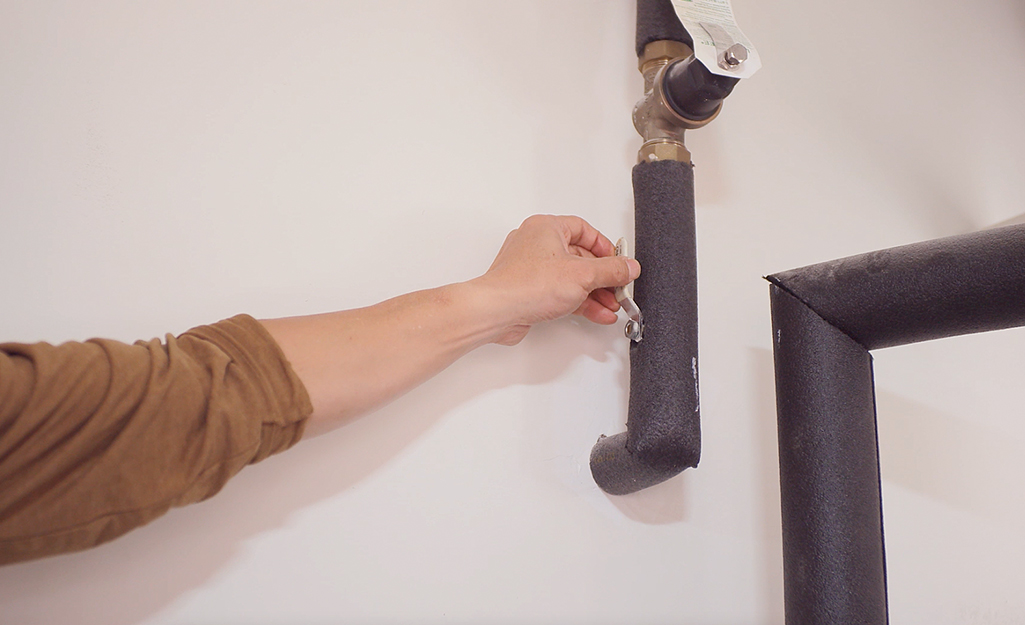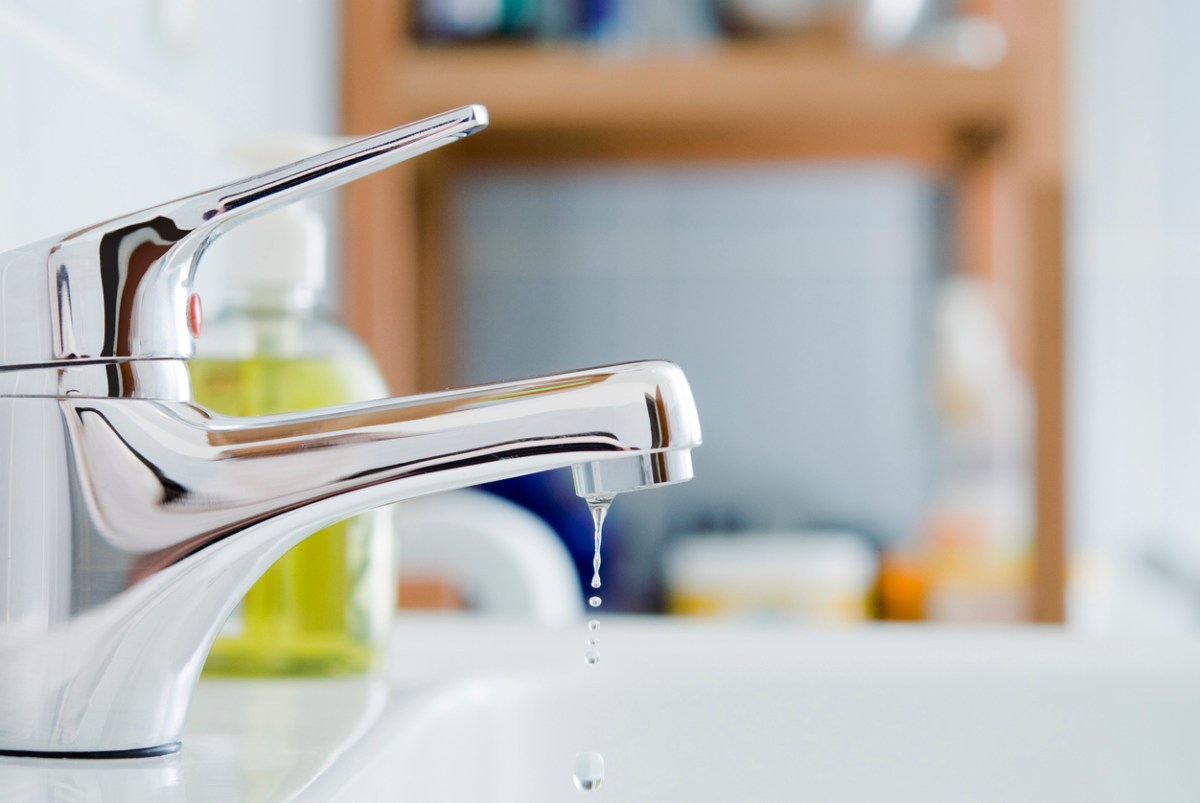Learning the Significance of Repairing a Malfunctioning Faucet
Learning the Significance of Repairing a Malfunctioning Faucet
Blog Article
Every person seems to have their personal piece of advice involving How to Fix a Dripping or Leaky Faucet .

Dripping faucets may appear like a small trouble, yet their influence surpasses simply the annoyance of the sound. From wasting water to sustaining unneeded financial costs and health risks, ignoring a dripping tap can cause different repercussions. In this short article, we'll delve into why it's essential to address this usual household problem promptly and effectively.
Wastage of Water
Environmental Effect
Leaking faucets contribute considerably to water wastage. According to the Environmental Protection Agency (EPA), a solitary tap leaking at one drip per second can squander more than 3,000 gallons of water each year. This not only strains water sources but additionally impacts ecological communities and wildlife dependent on them.
Step-by-Step Overview to Fixing a Dripping Tap
Tools Needed
Prior to attempting to take care of a dripping faucet, collect the essential tools, consisting of a flexible wrench, screwdrivers, substitute components (such as washing machines or cartridges), and plumber's tape.
Typical Tap Issues and Their Solutions
Identify the kind of tap and the specific problem triggering the drip. Common problems include damaged washing machines, rusty shutoff seats, or defective O-rings. Refer to manufacturer guidelines or online tutorials for step-by-step guidance on repair work.
Financial Costs
Increased Water Bills
Beyond the environmental impact, dripping taps can pump up water expenses substantially. The accumulated wastage over time converts right into higher energy expenditures, which might have been avoided with prompt repair services.
Prospective Residential Or Commercial Property Damage
In addition, prolonged leaking can cause damage to components and surface areas surrounding the tap. Water build-up can create staining, deterioration, and even structural concerns if left unattended, leading to extra repair service prices.
Wellness Worries
Mold and Mold Development
The continuous existence of dampness from a dripping faucet develops an excellent environment for mold and mold development. These fungis not just compromise indoor air high quality yet additionally pose health risks, especially for people with respiratory system problems or allergic reactions.
Waterborne Diseases
Stationary water in trickling taps can come to be a breeding place for microorganisms and various other microorganisms, enhancing the threat of waterborne conditions. Contaminants such as Legionella germs flourish in stagnant water, potentially leading to serious ailments when consumed or inhaled.
Do it yourself vs. Specialist Repair service
Advantages and disadvantages of DIY Fixing
While some might attempt to deal with a leaking tap themselves, DIY repairs include their own collection of challenges. Without appropriate knowledge and tools, do it yourself attempts can worsen the issue or lead to incomplete fixings, prolonging the trouble.
Advantages of Hiring an Expert Plumber
Working with a professional plumber guarantees that the underlying source of the dripping faucet is dealt with successfully. Plumbers possess the know-how and tools to diagnose and repair faucet issues efficiently, conserving time and lessening the risk of further damage.
Environmental Obligation
Specific Contribution to Preservation
Taking obligation for fixing dripping faucets aligns with more comprehensive efforts toward water preservation and ecological sustainability. Every individual's actions jointly make a substantial influence on protecting valuable resources.
Lasting Living Practices
By focusing on timely repair work and taking on water-saving routines, individuals add to sustainable living techniques that benefit both existing and future generations.
Preventive Measures
Regular Upkeep Tips
To prevent leaking taps, carry out routine upkeep such as cleaning aerators, evaluating for leaks, and changing worn-out components promptly. Furthermore, take into consideration installing water-saving gadgets or updating to more effective components.
Importance of Prompt Repair Works
Attending to trickling faucets as soon as they're discovered stops more water wastefulness and prospective damage, eventually conserving both water and cash in the future.
Influence On Residential Or Commercial Property Value
Perception of Well-Maintained Home
Preserving a building in good condition, consisting of attending to maintenance problems like dripping faucets, enhances its viewed value and desirability among prospective purchasers or tenants.
Impact on Resale Worth
Qualities with well-kept plumbing fixtures, consisting of faucets, command greater resale values in the real estate market. Resolving trickling taps can contribute to a positive perception throughout building evaluations and arrangements.
Final thought
Resolving a trickling tap surpasses mere benefit; it's a crucial step toward preserving water, lowering monetary costs, and protecting health and residential or commercial property. Whether through do it yourself repair work or specialist support, doing something about it to take care of dripping faucets is a tiny yet impactful method to advertise accountable stewardship of sources and add to a healthier, a lot more sustainable future.
Most Common Reasons for a Leaky Faucet and How to Stop the Drip
Whether it’s your kitchen faucet leaking or a bathroom faucet leaking, one leaky faucet can waste anywhere from three to 30 gallons of water every single day. If the constant drip-drip-drip doesn’t get your attention, your water bill will. The good news is that, by following a few simple steps, chances are pretty good you can fix the problem yourself.
Why is it dripping?
Before you start taking things apart, let’s break down some of the most common causes of a leaky faucet.
Bad O-ring.
A cartridge is a valve that controls the flow of water into the faucet spout. On cartridge faucets there’s an O-ring—the little disc attached to the stem screw that holds the faucet handle in place. If it’s loose or worn-out, it can cause your sink handle to leak. Of course, the cartridge itself could be worn out. If that’s the case, make sure you replace it with the exact same kind.
Corroded valve seat.
The valve seat connects the faucet and the spout. If the leak seems to be coming from the spout, it might be because a buildup of water sediment has corroded the valve seat.
Worn-out washers or seals.
A leaky spout could be caused by a bad washer that rests against the valve seat. It’s just a matter of time before friction takes its toll. It could also be the wrong size washer or one that’s been installed incorrectly. Water sediments can also corrode inlet and outlet seals.
Water pressure.
If the faucet only drips now and then, or when you turn the handles a certain way, you should probably check your home’s water pressure.
Loose or broken parts.
The adjusting ring and packing nuts in the stream screw can become loose over time, causing your sink handle to leak. Try tightening or replacing the packing nut. If the leak is coming from the pipes underneath the sink, you probably have a broken pipe or fitting. If that’s the case, you should definitely call a plumber.
Know your faucet.
Faucets come in a variety of types. Each one has its own assembly—and its own possible causes of leaks. Learning about the four most common kinds of faucets will help you know how to take them apart and make any repairs.
How to stop a leaky faucet
Fixing that leaky faucet doesn’t have to take a lot of time, money, or expertise. It’s usually a simple matter of replacing a worn-out washer or gasket, a loose O ring, or another part. Chances are really good you can do this yourself if you follow these simple steps.
Shut off the water.
Before you tackle the faucet, cut off the water supply to the sink. There should be one valve for hot and one for cold. Hand-turn them clockwise with your hands till they close. If there are no valves under the sink, head to the basement and shut off the main water supply to the house. Then turn on the faucet until it empties out the water that’s still in the line and you’re ready to start. It’s a good idea to cover the sink drain with a plug or a rag so you don’t lose any small pieces and parts while you’re working.

I'm very inquisitive about Should I Repair or Replace a Leaky Faucet? and I'm hoping you appreciated my blog entry. Feel free to take a moment to share this article if you enjoyed reading it. Thanks a bunch for being here. Revisit us soon.
Report this page